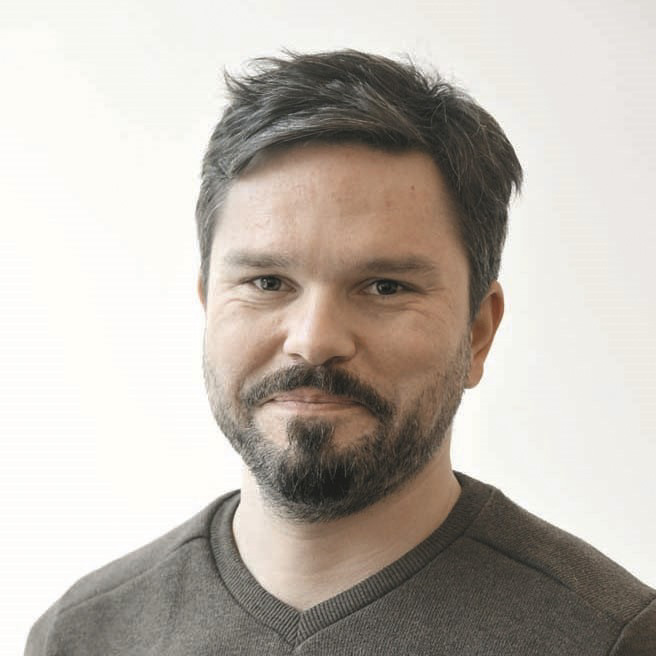Hi from Budapest,
Our dependence on energy is clear. But where we get our energy from is much less obvious.
As the European Union moves closer to reaching carbon neutrality by 2050, some argue that nuclear energy is the key factor in ensuring we achieve net zero. But as I am writing these words, Germany has already shut down its remaining reactors and environmental concerns are shifting public opinion towards renewable energy in many EU countries.
Others think differently: just a few days ago, Finland launched Europe’s largest nuclear reactor, Romania is implementing new technologies with the help of the United States and just 120 kilometres from my office, construction works are under way for Hungary’s new nuclear unit in Paks.
Saying there are different views on the use of nuclear power in Europe is an understatement.
While environmental concerns are mostly in focus, it would be ignorant not to see how politics play a part. After all, building and supplying nuclear reactors is big business – but does that necessarily mean we have to be dependent on countries such as Russia?Read this week’s edition of European Focus to find out.
Viktória Serdült, this week’s Editor-in-Chief
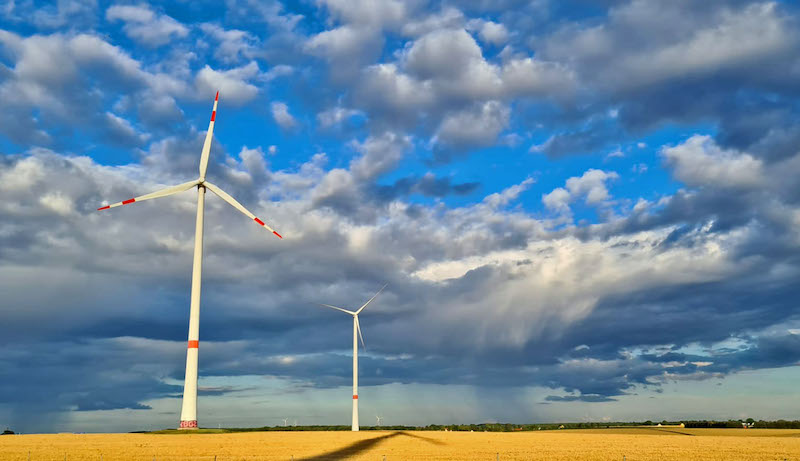
My uncle has an apartment in Hamburg, overlooking wind turbines. Although there are strong currents in the city, the blades have often stood still in recent months. Why? Because there was too much electricity in the German grid and energy plants that could be shut down had to stand idle.
Actually, the last German nuclear power plants were supposed to be shut down at the beginning of this year. But supporters of nuclear power seized the opportunity and the fear of power shortages due to the energy crisis to lobby for a period of grace, and their operating time was “stretched” by a further three-and-a-half months.
Last Saturday, they were finally put to rest. These plants were not critical to the energy mix, as they covered only six percent of Germany’s electricity consumption.
Would we have had power outages in winter without them? Probably not. Many days, Germany even exported electricity. It’s quite possible that those were exactly the periods of time when the wind turbines near my uncle’s apartment were standing still.
I think it’s naive to play off the danger of the climate crisis against the danger of nuclear power plants. We saw in Chernobyl and Fukushima how devastating the consequences of accidents can be.
It is possible to make power plants safe against accidents, natural disasters and sabotage, as has been the case in Germany (probably thanks to continuous criticism from the opponents of nuclear power), but the risk cannot be eliminated.
Also, the waste from the plants will remain dangerous for tens of thousands of years. Safe storage alone makes this form of energy production much more expensive than solar and wind.
The energy that some have invested in recent months to polemicise for extended operating times would be better spent on expanding renewables, so that the turbines can use the wind that’s blowing freely….

Construction on the third reactor at the Flamanville nuclear power plant in northern France was approved in 2007 and should have been operational five years later, in 2012.
But the project is dragging on and is expected to take at least 17 years to complete, at an estimated cost of 19.1 billion euros – nearly six times the original estimate. In December, the owner-operator EDF announced its postponement to the first quarter of 2024 because of work to repair welds with questionable quality.
It seems the construction of a further European pressurised water reactor, designed to revive nuclear energy after the 1986 Chernobyl disaster, is a real challenge.
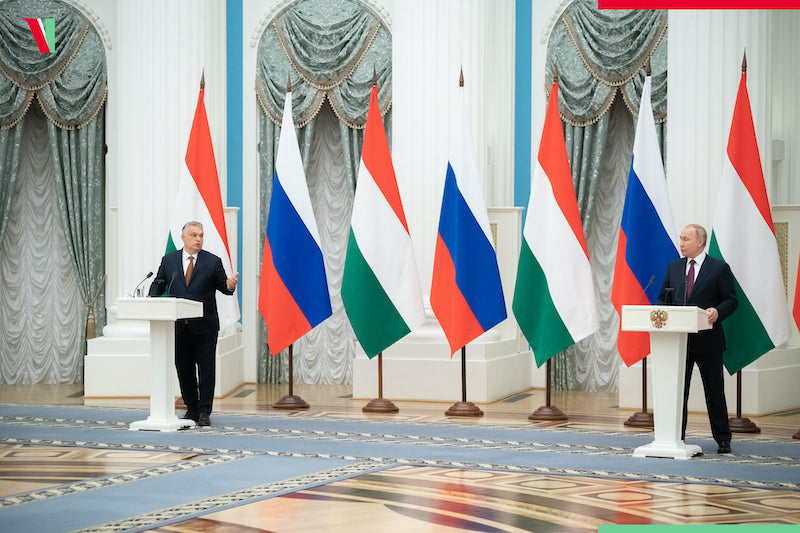
The Hungarian government is committed to nuclear energy, and so is the population: according to a survey conducted early this year, 70 percent of Hungarians support nuclear power plants.
Hungary has one nuclear power plant, Paks. Built with Russian technology, it has been in operation since the 1980s. The four units are set to be decommissioned in the 2030s, but the government is seeking a lifetime-expansion that could mean a further 10 to 20 years of operation.
The country is also building two more units at the same site by the river Danube. The new units were meant to replace the old ones, but expansion means they might be operational side-by-side for decades.
According to government officials, electricity is crucial due to increasing household demand, and because various Asian battery factories are set to be built in the country, which require a steady flow of power.
The constructor of the new units is Russian state-owned company Rosatom, which supplies the reactor assembly with French, German and American companies supplying other main systems. Hungary awarded the contract to Rosatom, skipping an open international tender in 2014, with Moscow providing a loan of 10 billion euros.
However, Péter Szijjártó, Hungarian Minister of Foreign Affairs, has recently disclosed that all contracts are being renegotiated because time has passed since the signing of the original documents. Sanctions against Russia are also playing a key part.
Some analysts believe Rosatom will be unable to deliver the project under such circumstances. Others argue that it is in Hungary’s national interest to find another contractor, as Russia is now a hostile power.
Similar to the way in which the previous contracts were kept secret until 2019, the modifications are still unclear. It is not certain whether the details will allow Rosatom to conclude the project. Also, the construction of the new units is already years behind schedule, mostly because of Rosatom’s failure to present design plans that comply with EU and Hungarian standards.
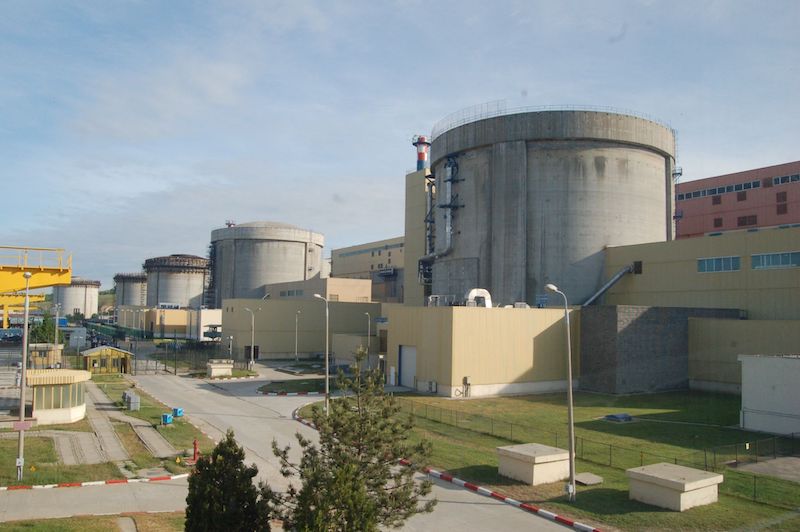
”Romania can become an exporter of energy solutions to Moldova and regionally on a larger scale. If Romania manages to take all the steps and comply with authorisation, safety and environmental impact procedures, it will be advantageous [to the region].
Romania and the state company Nuclearelectrica did the right thing regarding [a new] project with the United States [in 2021] which aims to implement Small Modular Reactor (SMR) technology [in Romania].”
Eugenia Gusilov, director of the Romanian Energy Centre, ROEC
Romania has ambitious plans to ensure its energy self-sufficiency and open further routes to export, with the help of nuclear power.
The two reactors of the country’s only nuclear power plant in Cernavoda produce almost 20 percent of the country’s electricity, using Canadian technology. Romania plans to become a regional pioneer by implementing new nuclear technologies patented in partnership with the U.S., such as SMR reactors which can be moved and scaled up and down.
The main target for electricity exports is the Republic of Moldova, which needs cheap and reliable electricity, so it can help escape from Russia’s strategy of energy blackmail.
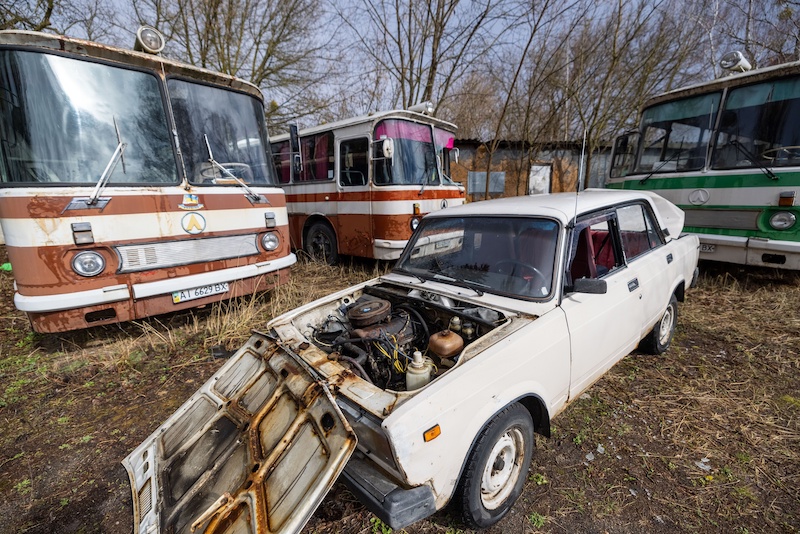
The sanatorium ― this is what Russian soldiers called the Chornobyl nuclear power plant in March 2022. At that time, they used its territory as a location to rest between their failed attempts to capture Kyiv, which is 120 kilometres to the south.
As it was too dangerous for the Ukrainian army to shell the nuclear site, this became a place of shelter for the occupiers. Chornobyl’s radiation, which was a global menace in 1986, now offered protection for an invading force.
But most Russian soldiers didn’t understand the threat of radiation and ignored basic safety rules.
They laid down on open ground and ate outside, where their bodies absorbed radioactive particles that will never go away. They dug trenches in the Red Forest, the most contaminated area around the power plant, and breathed in the dust. They stole abandoned army vehicles from the open air museum, which were kept about ten metres away from visitors during peacetime.
Without crossing into the firing line, they still did irreparable damage to themselves.
According to intelligence reports, nuclear power plants (NPP) were the primary targets of the Russian invasion. As well as offering shelter, they could be used to blackmail both the world and local population. While the former fears another Chornobyl catastrophe, the Russians can cut off the latter from the power grid, if they are not loyal to Moscow.
All this makes NPPs an even bigger threat to mankind. Right now there are no discussions in Ukraine about abolishing nuclear power as they are critical to the current energy balance.
But in the future, there may be more reasons to remember the phrase one of Chornobyl’s workers said to the occupiers: “After a fight here, you have only two options: a zinc coffin or a lead one”. While the first is commonly used to transport dead bodies, the second is a casket for radioactive matter.
Thanks for reading the 27th edition of European Focus,
There is no doubt nuclear energy is a divisive issue.
While I would refrain from taking sides, I do hope this week’s edition helped shed some light on why some countries oppose what others see as the only alternative energy source.
After all, understanding each other is the key to living together – with or without our nuclear reactors.
See you next Wednesday!
Viktória Serdült




